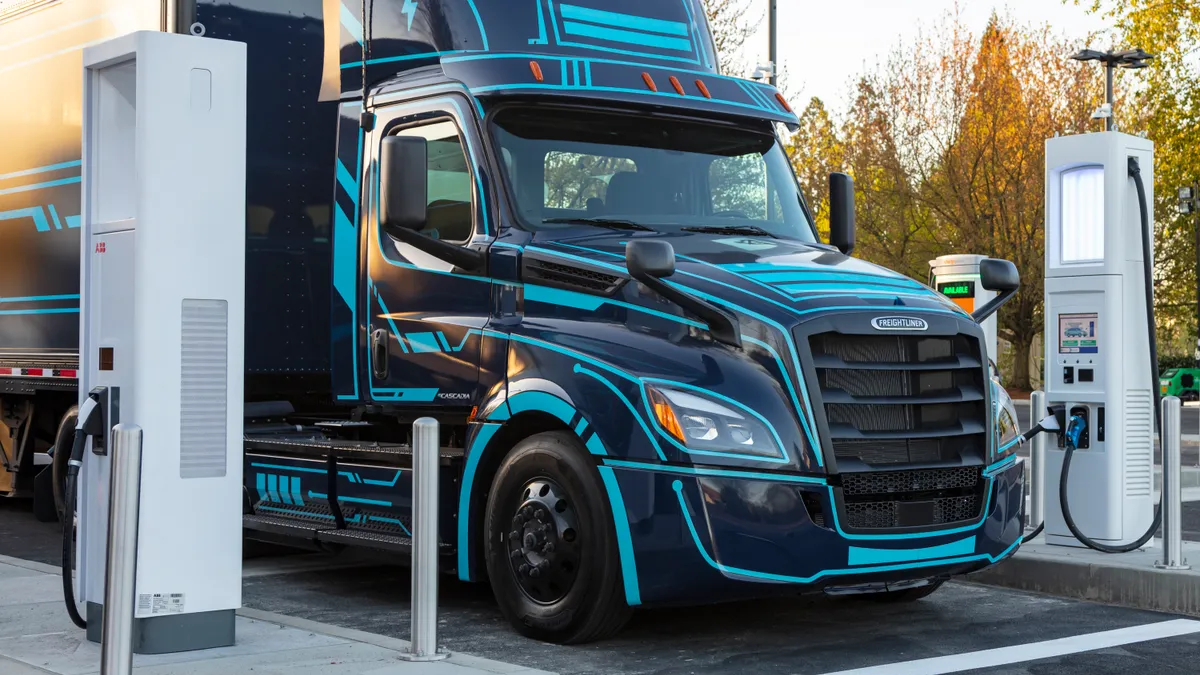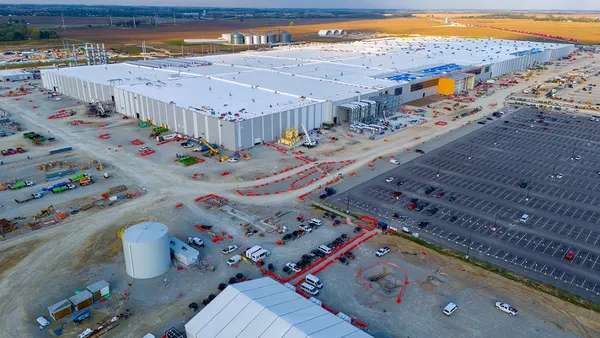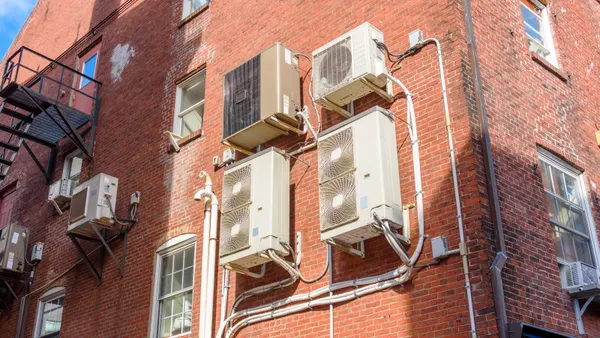Pamela MacDougall is director, grid modernization strategy, at Environmental Defense Fund.
You don’t need to search too long to find unmistakable signs that the trucking industry is transforming, requiring utilities and their regulators to think about grid planning in a whole new way.
Just last week, the Environmental Protection Agency announced the most ambitious vehicle emission standards in U.S. history, designed to rapidly accelerate the electric truck market. This move compliments existing state policies like the Advanced Clean Trucks rule, which requires manufacturers to begin selling an increasing percentage of zero-emission vehicles starting in 2024. Market trends also point to an inevitable electric future. Already, there’s a zero-emission truck model for nearly every class and use case, and orders have been increasing steadily for a few years. A Rhein Associates and ACT Research report projects electric truck production to increase 300% this year.
But there are challenges ahead that will determine how quickly and successfully this transition happens. Chief among them: determining who will make the significant infrastructure improvements needed to support charging these new fleets and figuring out who will pay for it.
The cost of the electrical infrastructure required to make a commercial site and distribution grid ready for EV charging, called “make-ready,” can be about 30% of the total cost of charging — and significantly impacts fleets’ ability to afford electrification.
Make-ready can be divided into two categories: utility-side make-ready, which covers all electrical upgrades in front of the meter, such as trenching, transformer and distribution lines, and customer-side make-ready, which includes everything behind the meter, such as panel and conduit installations. To support fleet electrification, many utilities are already offering some utility-side, make-ready support by covering a portion of the costs or for a subset of use cases. However, there is still hesitancy in having utilities invest in make-ready programs for fear of needing to raise everyone's electricity rates to pay for them.
A new analysis suggests that if utilities pay for all of the customer and utility side up-front make-ready investments needed to electricity fleets in their service territory, revenues from these new large electricity customers will outweigh the investment cost at no additional cost to ratepayers.
Conducted by Synapse Energy Economics, the analysis examined the costs and potential revenue for New York State utilities Con Edison and National Grid investing in make-ready programs. Con Edison’s urban service area has more trucks and higher electricity rates; National Grid’s rural service areas have fewer trucks and lower electricity rates. Depending on how the utility manages its charging programs, the upfront make-ready investment can range from highly profitable to cost-neutral.
Con Edison could generate $460 million in net revenue between 2023-2045 with an up-front make-ready investment of $520 million. National Grid could generate $1.4 million in net revenue with an up-front investment of $650 million. The key to higher revenue is managed charging — aligning EV charging during times when clean and affordable electricity is most abundant. Not only would managed charging reduce the utilities’ cost, it reduces stress on the grid and minimizes pollution from fossil fuel power plants.
Even without managed charging, make-ready programs would have a neutral-to-positive impact on ratepayers in both utility service territories. As more fleets become large electricity customers, utilities can invest a portion of their returns on grid upgrades elsewhere that would have otherwise been paid for by all ratepayers.
Synapse’s analysis won’t be the last on the economics of truck charging infrastructure. But it should provide regulators and utilities of all types and sizes enough confidence to invest in make-ready projects in their service areas. Furthermore, it demonstrates a critical role that utilities and their regulators can play in ushering in the zero-emission future.













